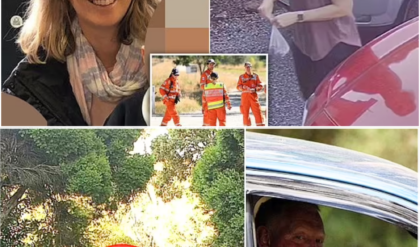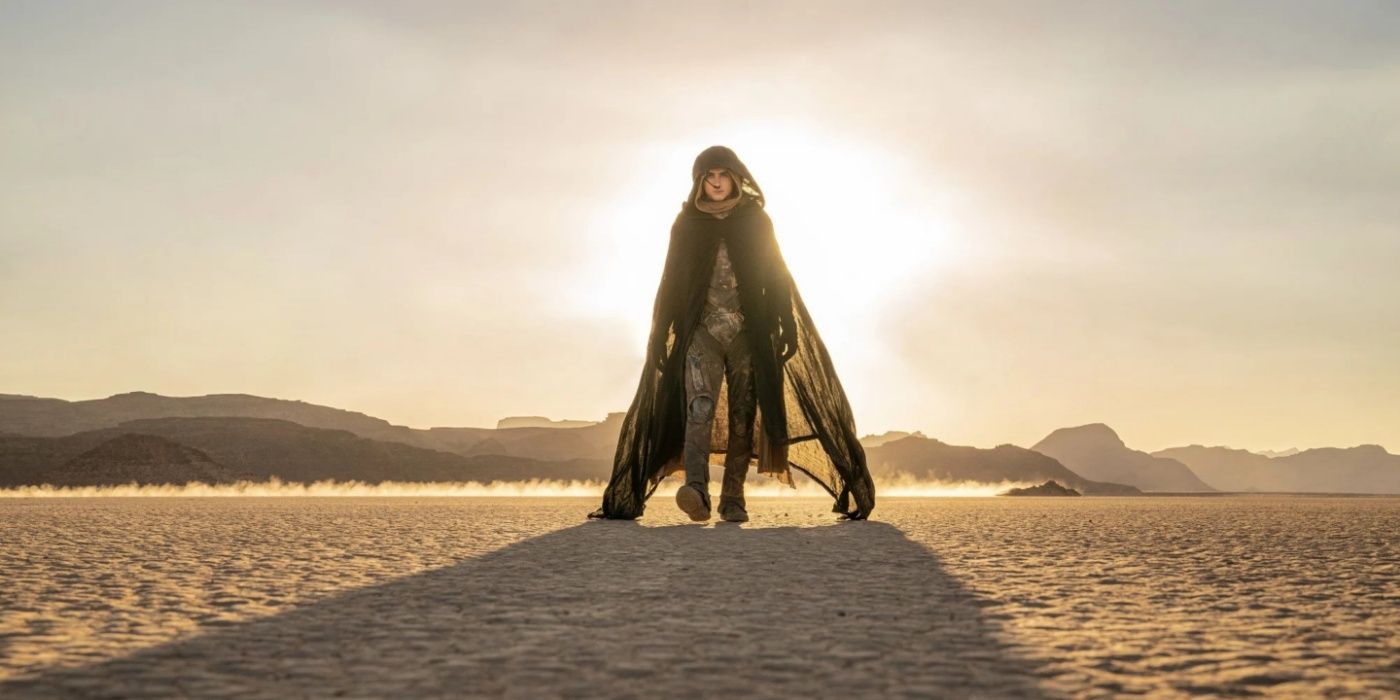
Speaking with The New York Times, Villeneuve speaks on whether Paul believes he is the Messiah in Dune. In his interview, Villeneuve was asked to comment on whether Paul thinks he is the messiah or whether he merely “decide[s] to let the Fremen believe that he is.” Villeneuve answered that he doesn’t “think he believes that he is the Messiah.” Instead, Paul feels the weight of the role that the Bene Gesserit “have laid upon the Fremen” and he sees his religious reign as a potential tool. Check out the full quote from Villeneuve below:
I don’t think he believes that he is the Messiah. I think he feels the burden of the heritage that the Bene Gesserit [the mystical sisterhood that Jessica belongs to] have laid among the Fremen, and he sees the potential to use that religious power to survive.
Why Villeneuve’s Paul Atreides Take Makes His Character More Dynamic
Paul’s Rise To Power Will Have Consequences

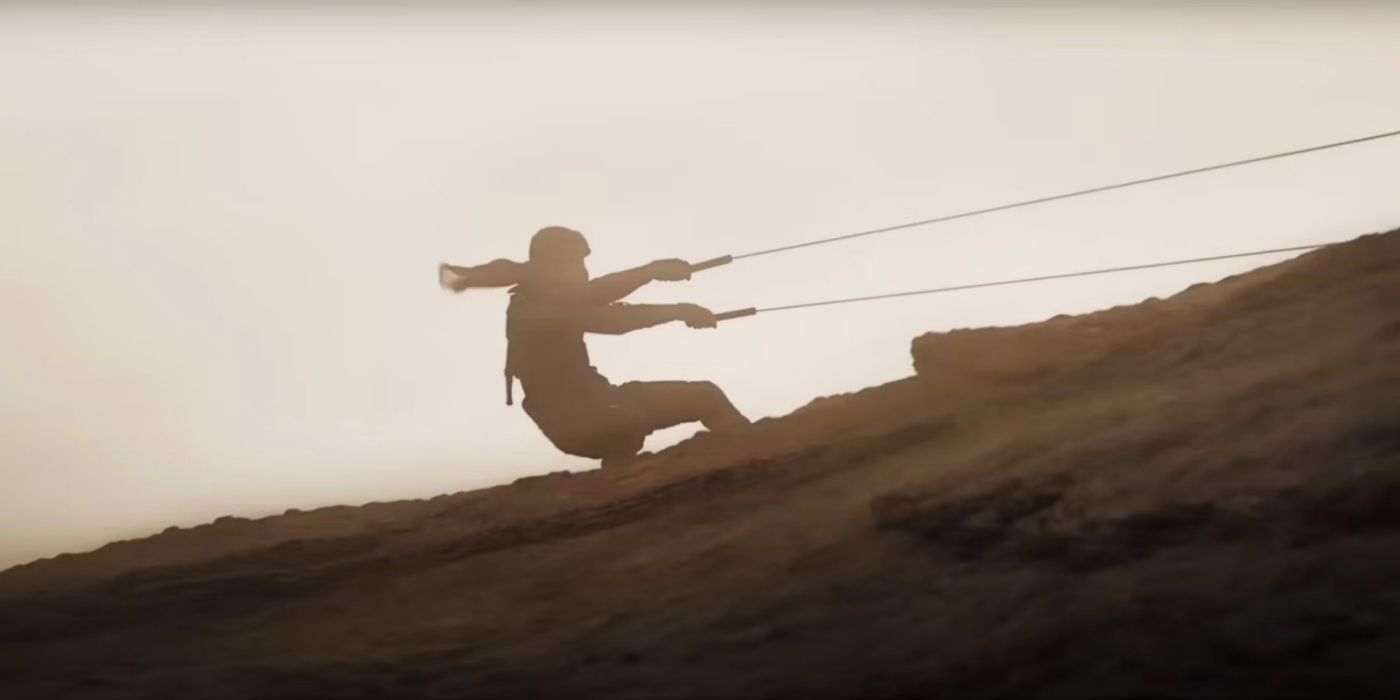
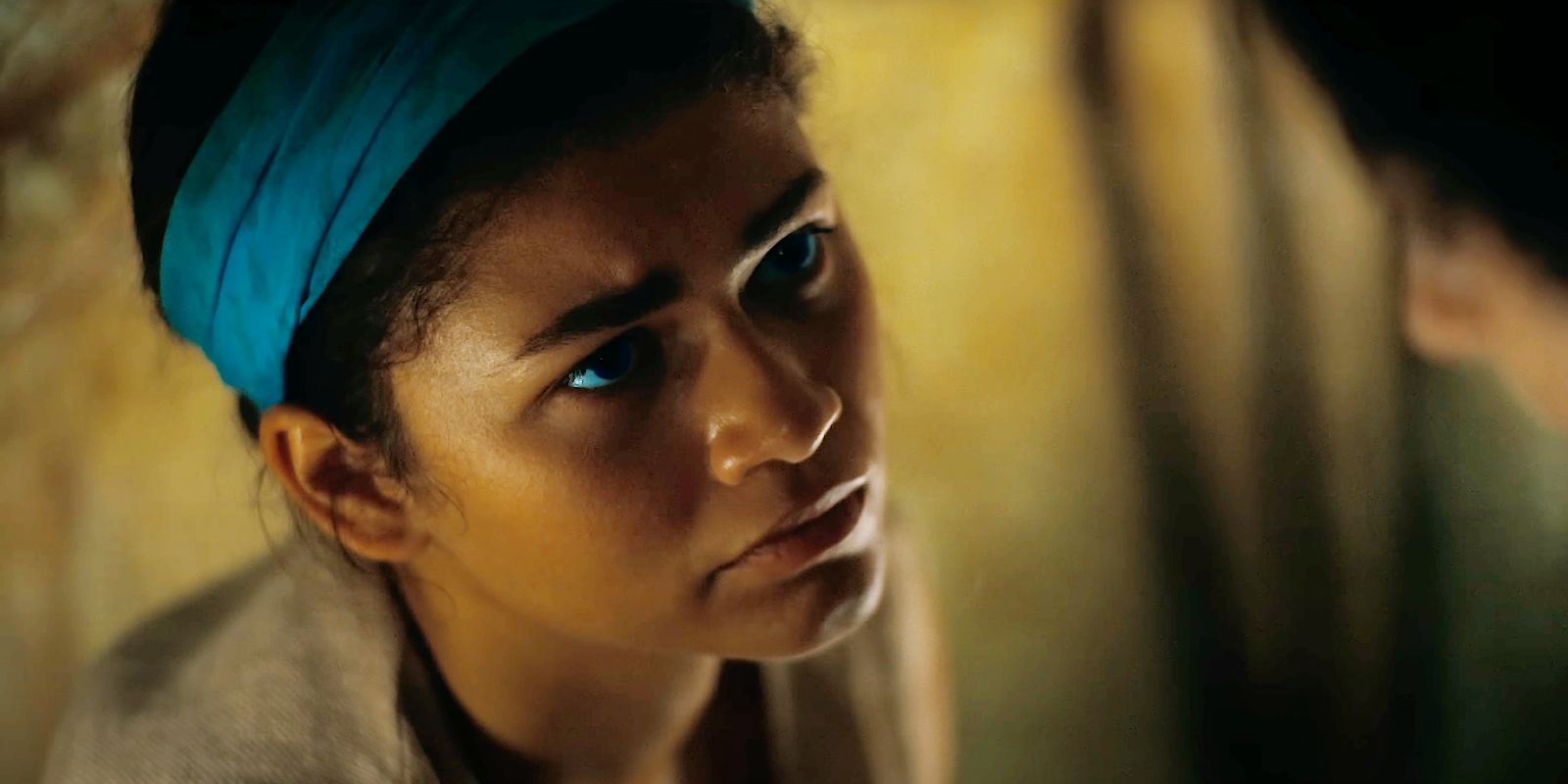
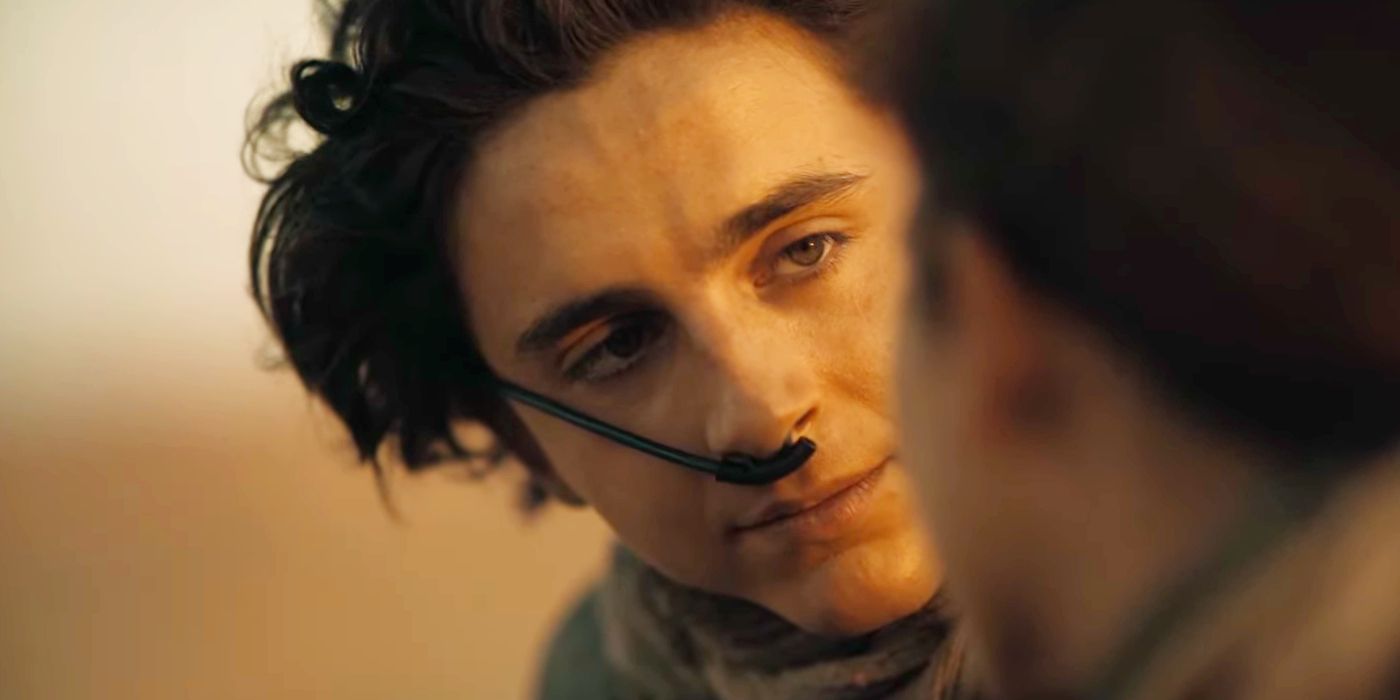

By the end of Dune: Part Two , Paul becomes the shell of a human being.
In the Dune universe, the Lisan al Gaib is supposedly a brave individual from another planet who will arrive to save the Fremen from their oppressors, ultimately liberating them. Chani’s father, Stilgar, believes that Paul is this Messiah in Dune: Part Two for several reasons, but among them is that he is from another planet, and seems to have a born understanding of the ways of the Fremen and how to adapt to them. This includes, for example, Paul’s ability to ride the sandworms. However, liberating the Fremen comes with a potential massive death toll.
When Paul goes along with being the Lisan al Gaib, he assumes responsibility for numerous current and future deaths. By the end of Dune: Part Two, Paul becomes the shell of a human being. His eyes are glassy from his inundation with visions — causing him to concurrently navigate past, present, and future. He is ruthless, willing to kill Feyd Rautha brutally and abandon his love for a political marriage. In this film, it seems that Paul’s given power as the Lisan al Gaib has stripped him of his deep sense of humanity.
If, like Villeneuve suggests, Paul does not believe that he is the Lisan al Gaib in Dune: Part Two, his transition is even more brutal. His abuse of the Messiah role in order “to survive” just shows the brutality of the world of Arrakis and what the Harkonnens and their ensuing wars have done to it. The conditions of this world have driven Paul to make calculated power moves, rendering his character even more corrupt than he otherwise was assumed to be. This tragic dynamism will be interesting to track as Paul continues his journey in the upcoming Dune Part 3.




